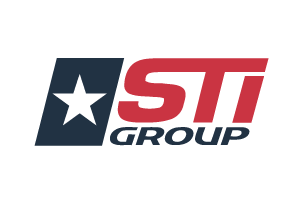Cryogenic piping systems are used in a range of industrial applications including LNG transport and regasification, chemical and petrochemical applications, and the food and beverage sector. However, due to the extremely low temperatures, often below -300°F or lower, cryogenic piping systems face several key challenges that standard piping systems do not. To maintain the safety and integrity of these systems it is crucial to anticipate and overcome these challenges.
Key Challenges in Cryogenic Piping Systems
Cryogenic piping systems must be fabricated to withstand operational stresses and displacements while also regulating thermal forces. They must also take various constraints into consideration such as the layout of the piping system, space limitations, and support locations. Other key challenges include the following:
Maximizing Flexibility And Efficiency – Cryogenic piping systems must be fabricated to maximize both process efficiency and flexibility. To do this it is crucial to fabricate and test for various strengths requirements, loads, and the capacity of the system.
Staying within Budget – A cryogenic piping system’s budget is another key consideration. For example expansion joints and bellows provide much needed flexibility to the system, but at the same time raise production and labor costs. Thus the pipe fabrication company must carefully balance these needs against the project’s budget.
Calculating Thrust Load – Cryogenic piping systems typically consist of an inner and outer pipe known as vacuum jacketed lines. The inner pipe transports the cryogenic liquid itself while the outer line provides insulation and support. It is thus crucial to calculate thrust load to ensure that both the inner and outer pipe lines can stand up to buckling and expansion stress without breaking.
Complying with Codes And Standards – ASME code B31.3 addresses process piping code requirements for cryogenic piping systems with regard to fabrication and testing, material selection, and ductility. However, in addition to ASME code B31.3 other codes and standards may apply for the particular industry, type of plant, or municipality.
STI Group Is an Industry Leader in Industrial Pipe Fabrication
STI Group has over forty years of experience and expertise in the industrial pipe fabrication industry. Our fabrication facilities have earned ASME’s “U” and “S” stamps and our welders are NCCER certified and are able to overcome the challenges of cryogenic pipe fabrication. All of our piping also undergoes rigorous testing and we maintain a weld reject ratio of less than 1%.

